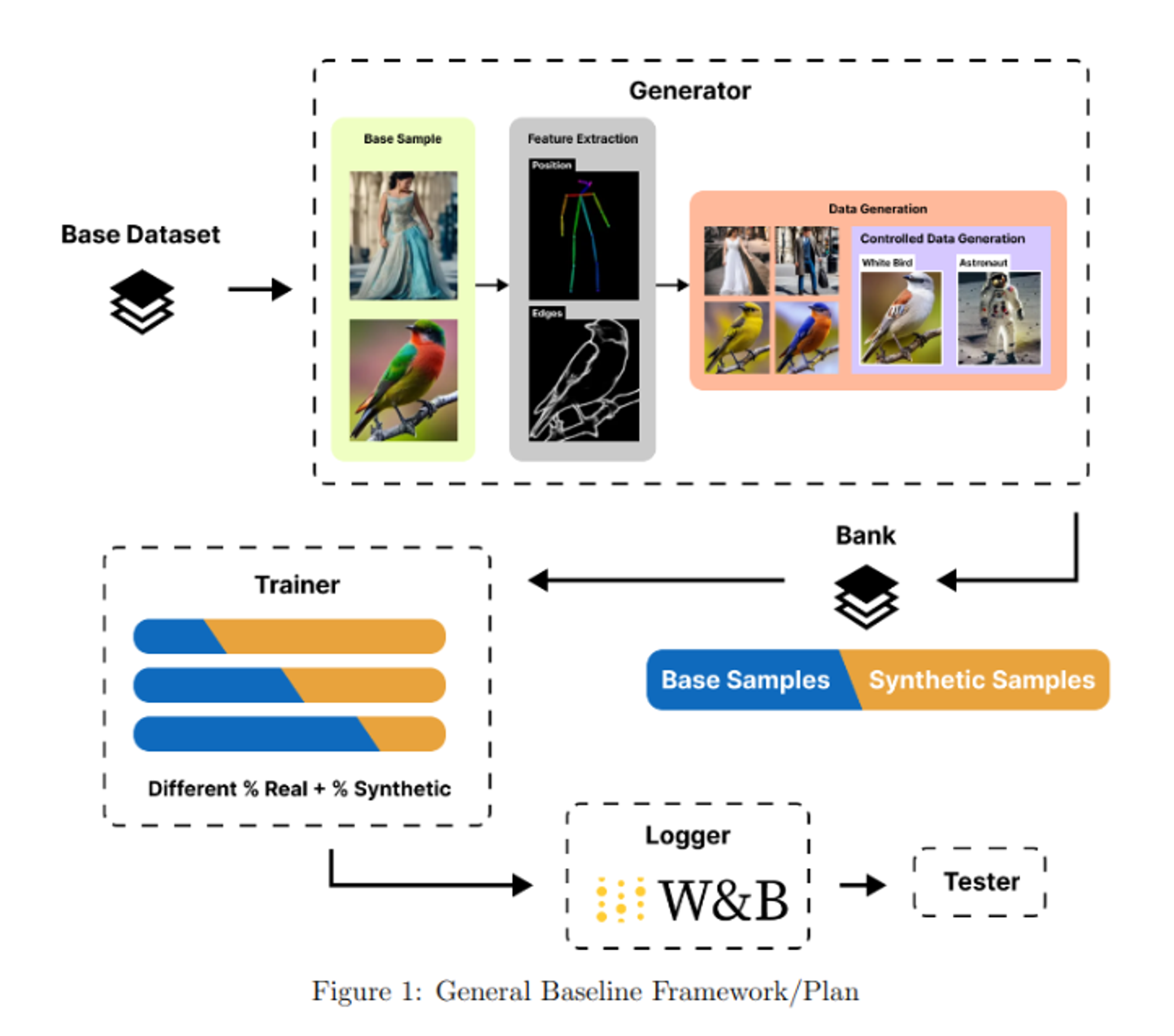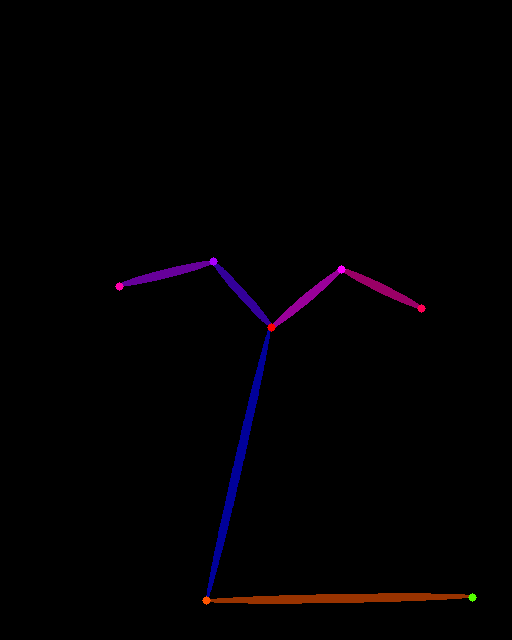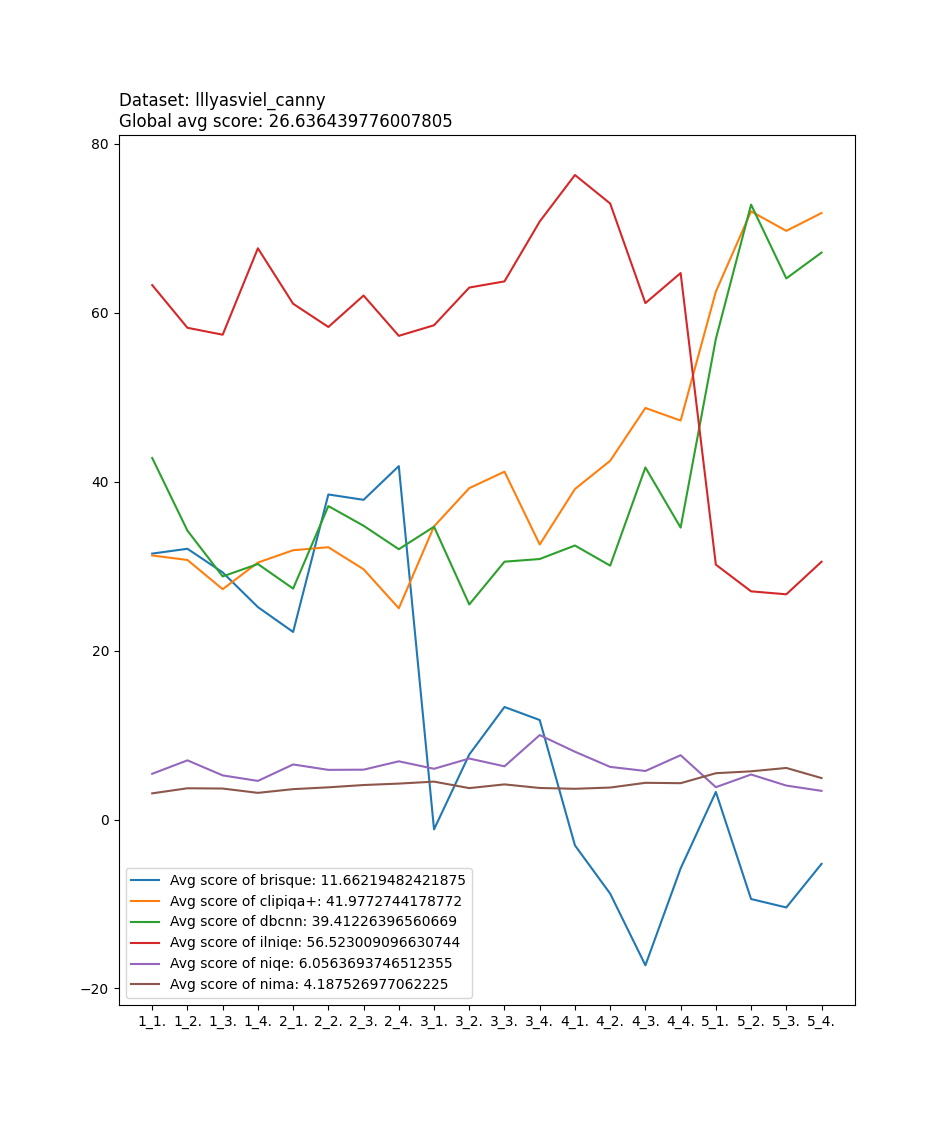This is a data generation framework that uses Stable Diffusion with ControlNet. Models can be trained using a mix of real and generated data. They can also be logged and evaluated.
Make sure to install the requirements :
pip install -r requirements.txt
We recommend using a virtual environment.
We experimented with PEOPLE from the COCO datasets :
./run.sh coco
Data will be downloaded and put in the respective files for images, labels and captions.
To generate some images for the moment you can use
./run.sh genSee the conf/config.yaml file for more details, you can configure your run.
You can also configure directly on the command line :
./run.sh gen model.cn_use=openpose prompt.base="Trump" prompt.modifier="dancing" data_path.generated=mysupertestYou will find your images in data/mysupertest/openpose along with the base image and the feature extracted.
You can also launch multiple runs. Here's an example of a multi-run with 3 different generators :
./run.sh gen model.cn_use=frankjoshua_openpose,fusing_openpose,lllyasviel_openpose
List of available models can be found in conf/config.yaml. We have 3 available extractors at the moment (OpenPose, Canny, MediaPipeFace), If you add another control-net model, make sure you add one of the following strings to its name to set the extractor to use :
- openpose
- canny
- mediapipe_face
One way of testing the quality of the generated images is to use computational and statistical methods. One good library for it is IQA-PyTroch, you can go read its paper.
Because images are generated there is no reference image to compare to. We will be using with the no-reference metrics Note that methods using here are agnostic to the content of the image, no subjective or conceptual score is given. Measures generated here only give an idea of how good looking the images are.
Methods used:
You can use these measures in the same way the generation is done:
./run iqaIt follows the same configuration that the generation part, with the same file conf/config.yaml.
Note: iqa is going to search for a directory following the same naming convention that gen.py,
that is, the directory has the name <name chosen by the user>_<cn model used to generate>.
This are of course in the config.yaml file and can be changed statically or dynamically.
We use wandb to track and visualize trainings.
wandb login
Create train.txt, val.txt, et test.txt :
./run create_dataset
Launch the training !
./run train







